PCBX.com Resources
Your source for industry knowledge, news, and expert insights

Latest Posts
Article
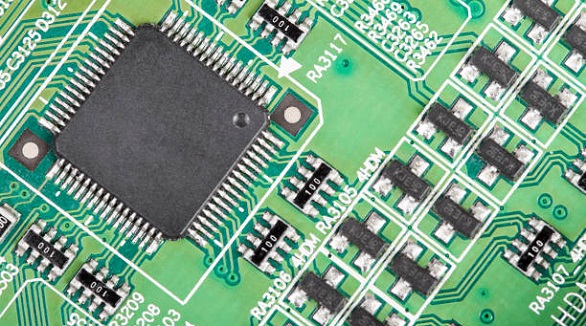
PCB test fixtures provide essential connections for precise testing, ensuring PCBs meet design specs and allowing seamless production and quality control.
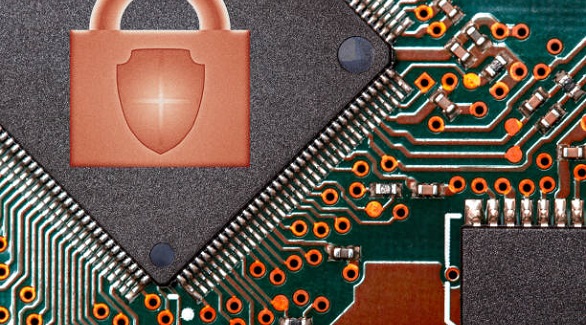
PCB shielding reduces EMI, ensuring reliable performance in complex electronics like smartphones and cars, crucial for enhancing electromagnetic compatibility.
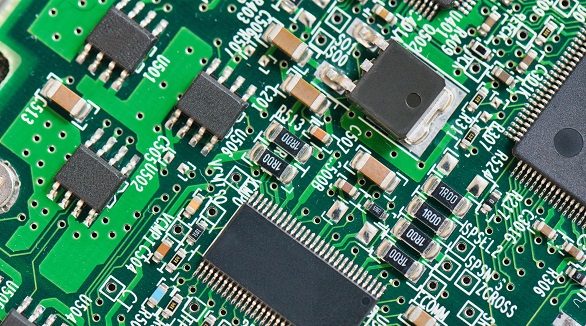
CTI measures PCB material's resistance to electrical tracking, ensuring safety and reliability in electronic circuits, crucial for design and manufacturing.
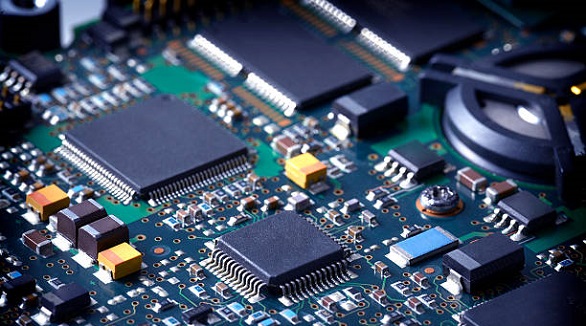
Effective electronic packaging ensures protection, efficiency, and reliability, minimizing risks from environmental hazards and supporting manufacturing processes.

PCB reliability tests ensure performance under stress, reducing costs, enhancing product life, and meeting industry standards for quality and safety.
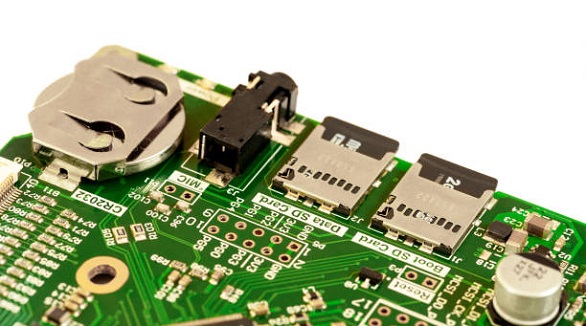
PCB edge mounting optimizes space, enhances modularity, and improves connectivity by placing connectors on board edges, aiding in flexible, efficient system design.
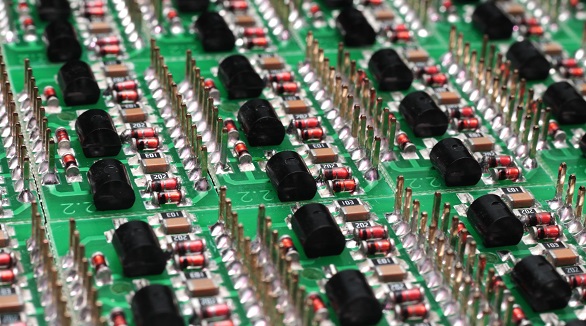
Burn-in boards are vital for testing semiconductor reliability, simulating stress to reveal defects, ensuring high-quality devices before mass production.
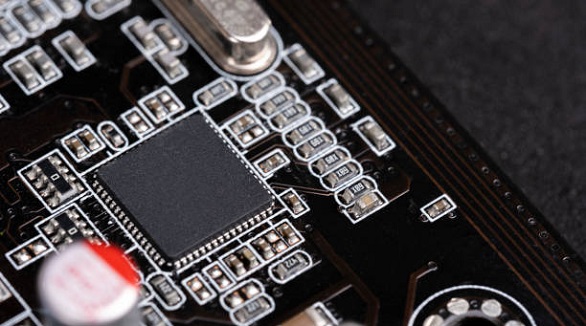
Wetting in soldering is crucial for strong PCB bonds, ensuring durability and conductivity. Address challenges like non-wetting by optimizing materials and processes.
